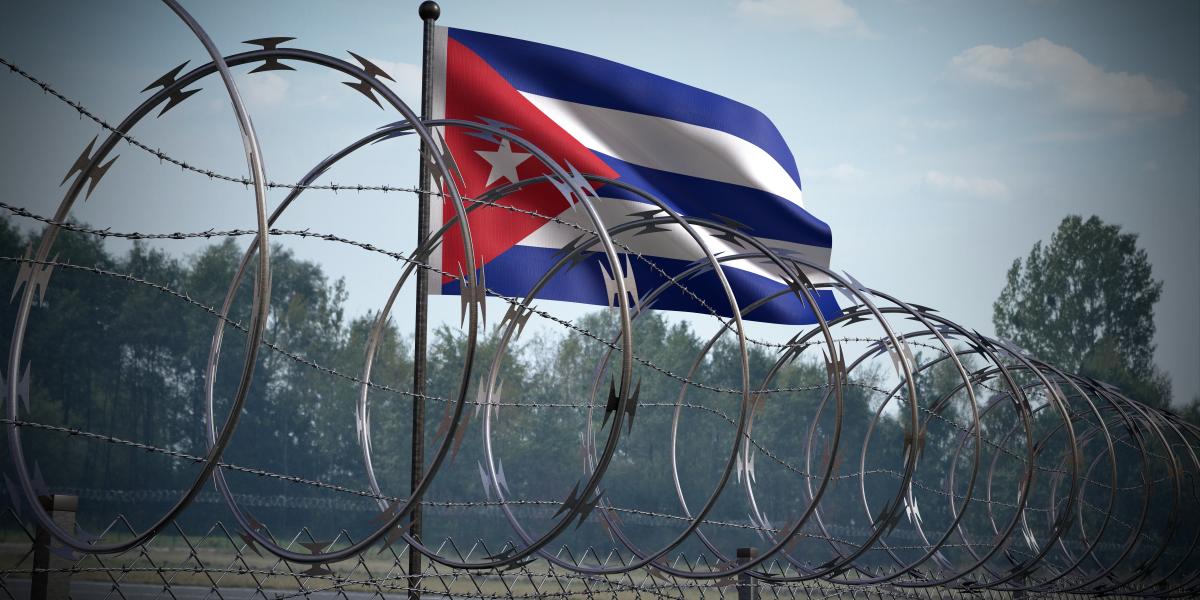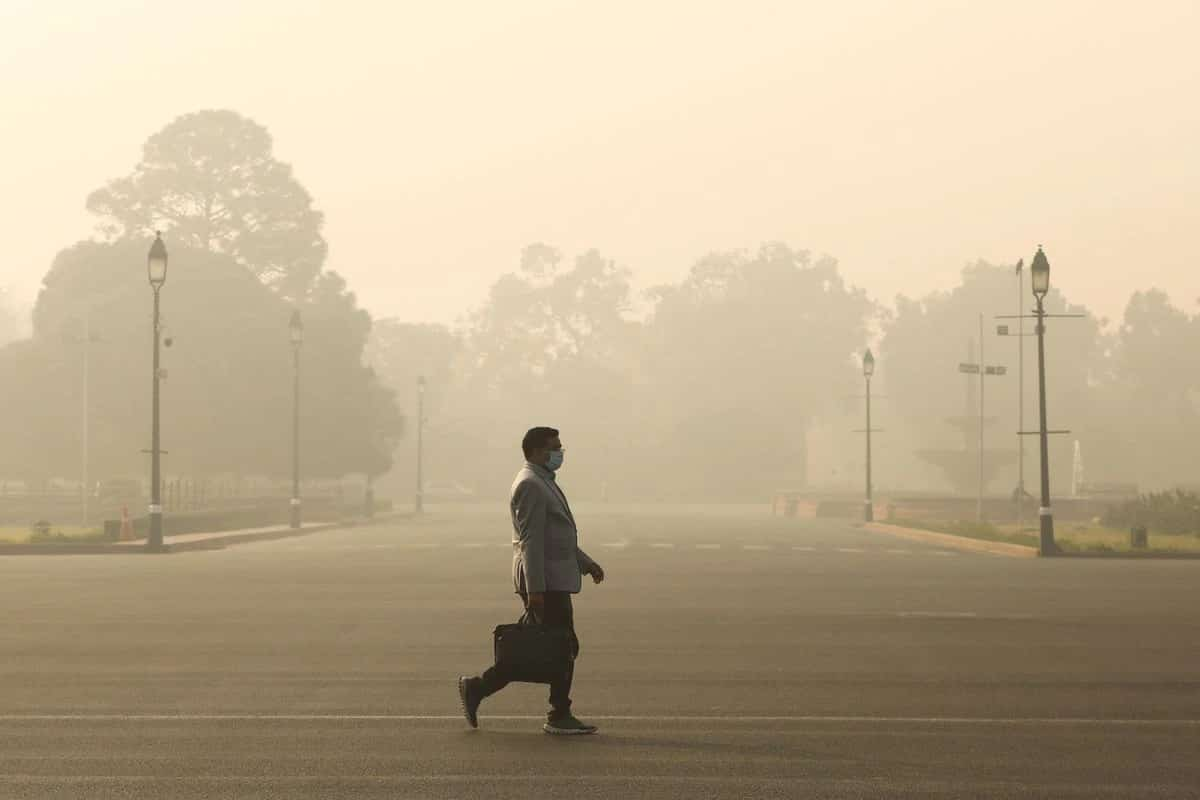Delhi AQI, Pollution Levels: Delhi’s air quality improved on Wednesday on the back of favourable wind speed but it remained poor.
It is likely to turn “very poor” at night with calm winds allowing accumulation of pollutants.
The 24-hour average Air Quality Index (AQI) stood at 271 at 4 pm, improving from 303 at 4 pm on Tuesday. It was 312 at 4 pm on Monday, the day of Diwali.
Among the monitoring stations that recorded “very poor” air quality were Anand Vihar (358), Wazirpur (318), Vivek Vihar (316) and Jahangirpuri (320).
Delhi’s neighbouring cities of Ghaziabad (273), Noida (262), Greater Noida (243), Gurugram (244) and Faridabad (246) reported “poor” air quality.
An AQI between zero and 50 is considered “good”, 51 and 100 “satisfactory”, 101 and 200 “moderate”, 201 and 300 “poor”, 301 and 400 “very poor”, and 401 and 500 “severe”.
Delhi’s particulate matter (PM) 2.5 pollution levels on Wednesday were three to four times above the national standard of 60 microgram per cubic metre for 24 hours.
According to the Early Warning System of the Indian Institute of Tropical Meteorology (IITM), the air quality is predicted to remain in the “poor” to “very poor” range over the next six days.
The Indian Agricultural Research Institute reported 1,238 farm fires in Punjab, 123 in Haryana and 23 in Uttar Pradesh on Wednesday evening. The share of farm fires to Delhi’s PM2.5 pollution is likely to increase in the coming days.
The capital had recorded “very poor” air quality on Tuesday after residents in many parts of the capital flouted the ban on firecrackers on Diwali night.
But the pollution levels for the next day were the lowest since 2015 because of warm and windier conditions that diluted its effect.
In the last two years, Delhi and its neighbouring areas had witnessed severe air quality post Diwali, which was celebrated in November, with intense smog enveloping the region for days as stubble burning peaks during the month, and low temperatures and calm winds trap pollutants.
Since Diwali was observed early in the season this year, moderately warm and windier conditions prevented the rapid accumulation of pollutants from firecrackers and reduced the effect of stubble burning.
The 24-hour average AQI at 4 pm on Tuesday stood at 303, the lowest for the day after Diwali since 2015, when the Central Pollution Control Board started maintaining air quality data.
Delhi’s AQI on the day after Diwali stood at 360 in 2015, 445 in 2016, 403 in 2017, 390 in 2018, 368 in 2019, 435 in 2020 and 462 in 2021.
According to the Delhi Pollution Control Committee, the capital registered a 64 per cent reduction in PM2.5 concentration and a 57 per cent drop in PM10 levels on Diwali as compared to last year.
It attributed the relatively better air quality this time to the reduction in stubble burning incidents in Punjab, better meteorological conditions and “less bursting of firecrackers”.








































